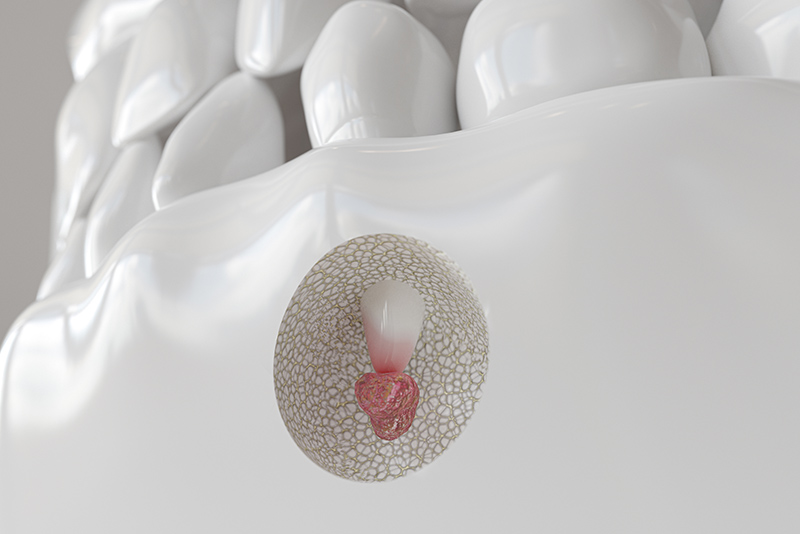


Endodontic microsurgery, more formally referred to as apicoectomy (also known as root end surgery), is performed to restore function and save a tooth after inflammation or infection persists or develops after a root canal. Unlike a root canal, an apicoectomy is a surgical approach through the gums rather than the crown of the tooth. If a root canal or root canal retreatment in Rocky Hill & Bristol, CT doesn’t resolve pain and inflammation in your tooth, an apicoectomy is typically the next step to save the tooth. In most cases, we’ll suggest an apicoectomy only after we determine through digital X-rays and a CBCT scan that your tooth can be saved. Most apicoectomies can be performed in 30 to 90 minutes, depending on the location of the tooth and the complexity of your root structure. Reasons why our endodontists may recommend an apicoectomy in Rocky Hill & Bristol, CT, include:

Although we thoroughly numb your gums with local anesthesia, you can choose from several sedation options if you have dental anxiety or simply want additional sedation. Once your gums are numb and sedation has taken effect, we drill a small hole in your gum tissue to access the infected periapical tissues, meaning the tissues around the tooth’s root end. Then we remove any inflamed or infected tissue near or around the tip of the root, along with a few millimeters of the root tip itself. The next step is to place a small filling in the end of the root canal to seal the canal and prevent further infection. We may use bone grafts and a membrane to cover the bony window that was created when we accessed your tooth root. Either self-dissolving or traditional sutures are used to ensure your gum tissues are closed and will heal properly.

It takes several months for the bone to heal around the root. If we used non-dissolvable sutures, these will be removed two to seven days after your procedure. It may take a few months for your gums to fully heal after an apicoectomy. While numbness in the area can last days or weeks after surgery, this is caused by trauma from the surgery rather than nerve damage. It may take a full two weeks after the procedure for soreness and swelling to resolve. In complex cases when bone grafting isn’t done, it can take as long as six months for the cavity left by the apicoectomy to fill in with new bone.

To ensure proper healing, it’s important to follow our care recommendations:
A 2020 study found that up to five years after an apicoectomy, an estimated 97% of cases achieved excellent results, while more than 75% of cases achieved good results after 10 to 13 years. According to other research,.

Research and technological advances have led to the refinement of techniques, materials and instruments used in apicoectomies. AtHartford County Oral Surgery, we use state-of-the-art technology such as fiber-optic lights and surgical microscopes that provide an extremely accurate view of the impacted tooth root. This makes treatment faster and more comfortable, and increases the likelihood of a successful outcome. We also use GentleWaveâ Procedure, an innovative technology that offers quicker and less invasive cleaning of root canals.
I understand the information disclosed in this form may be subject to re-disclosure and may no longer be protected by HIPAA privacy regulations and the HITECH Act.
